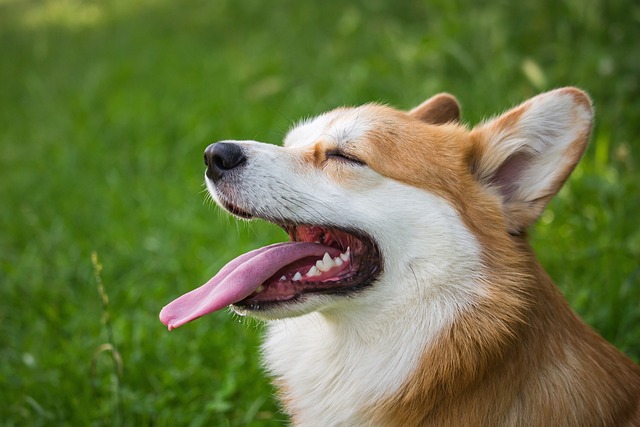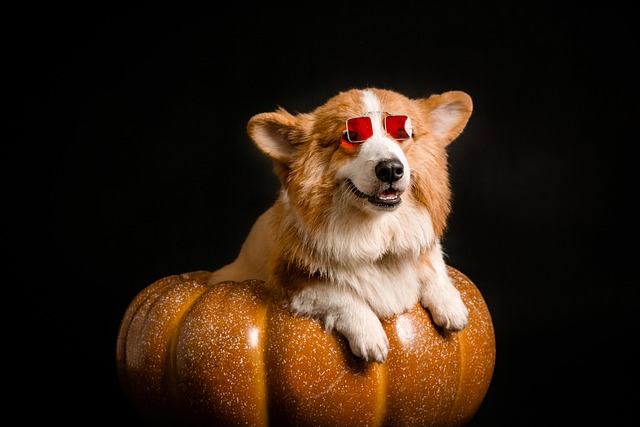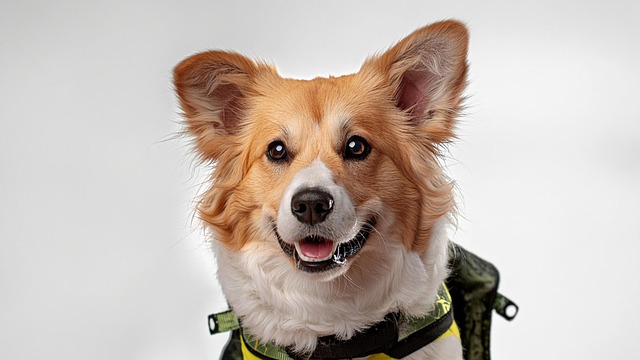
What vitamin is good for dogs' skin
Seeing your dog constantly scratch or noticing dry, flaky skin can make you wonder if a simple vitamin might be the solution.
Spotting your dog constantly guzzling water can send a wave of worry through you. It’s not just a matter of refilling the bowl more often—excessive thirst, or polydipsia, in dogs can signal underlying health issues that need attention. Understanding what’s driving this behavior and how to address it is crucial for your furry friend’s well - being.
There’s a range of reasons why your dog might be drinking more than usual. Medical conditions top the list. Kidney disease, diabetes, and Cushing’s syndrome commonly cause increased thirst. Even something as simple as a urinary tract infection can make your dog feel parched. Certain medications, like those for seizures or high blood pressure, may also have excessive thirst as a side effect. In many regions, pet owners are legally required to seek veterinary advice when noticing such concerning symptoms, ensuring animals get proper care.
The first step when you notice your dog drinking excessively is to schedule a vet visit. A licensed veterinarian will conduct a comprehensive exam, which typically includes blood and urine tests. These diagnostics help identify the root cause. In some areas, there are strict regulations about how veterinary labs handle and report test results to maintain accuracy and compliance with animal welfare standards.
 If a medical condition is diagnosed, treatment will vary. For diabetes, your vet may prescribe insulin injections and recommend a specialized diet. In cases of kidney disease, dietary modifications that reduce protein and phosphorus intake, along with medications to manage symptoms, are common. Always follow your vet’s instructions closely, as improper use of medications can violate local pet care regulations and endanger your dog’s health.
If a medical condition is diagnosed, treatment will vary. For diabetes, your vet may prescribe insulin injections and recommend a specialized diet. In cases of kidney disease, dietary modifications that reduce protein and phosphorus intake, along with medications to manage symptoms, are common. Always follow your vet’s instructions closely, as improper use of medications can violate local pet care regulations and endanger your dog’s health.
Sometimes, excessive drinking can stem from environmental factors or behavioral issues. High temperatures, strenuous exercise, or a salty diet can make any dog thirsty. Ensure your pet has access to shade and isn’t overexerting, especially during hot days. And if you’ve recently changed their food, check the ingredient list—some brands may contain higher sodium levels.
Behavioral causes like anxiety or boredom can also play a role. Dogs might turn to drinking water out of habit when they’re stressed or have nothing else to do. Providing mental stimulation through puzzle toys, interactive play, or training sessions can redirect this behavior. However, it’s important to rule out medical issues first, as self - diagnosing and treating can be risky and may not comply with local pet care guidelines.
Monitoring your dog’s water intake and bathroom habits at home is essential. Keep a log of how much water they drink and how often they urinate. This information can be invaluable for your vet in assessing the effectiveness of treatment. And if you notice any additional symptoms like vomiting, weight loss, or lethargy, contact your vet immediately.
Taking care of a dog with excessive thirst is a journey, but with proper veterinary guidance, lifestyle adjustments, and lots of love, you can help your four - legged companion get back to feeling their best. Remember, being proactive about their health not only ensures they live a long, happy life but also strengthens the special bond you share.

Seeing your dog constantly scratch or noticing dry, flaky skin can make you wonder if a simple vitamin might be the solution.

If you’re a new dog parent in the US—maybe you’re sitting on your Portland apartment couch, staring at your 1-year-old Australian Shepherd

If you’re a new dog parent in the US—maybe you’re sitting on your Atlanta apartment floor, holding your 6-week-old Beagle puppy, Daisy, who’s curled up in your lap

If you’re a new dog parent in the US—maybe you’re standing in your Denver apartment’s kitchen, staring at a bag of high-quality puppy kibble and a bottle

Seeing your puppy grow daily is amazing, and it’s natural to want to give them every advantage, including supplements.

Brown stains on white dog fur aren’t just unsightly—they can also hint at underlying issues like tear duct irritation or poor grooming habits, which matter even more when you’re following local pet care laws.